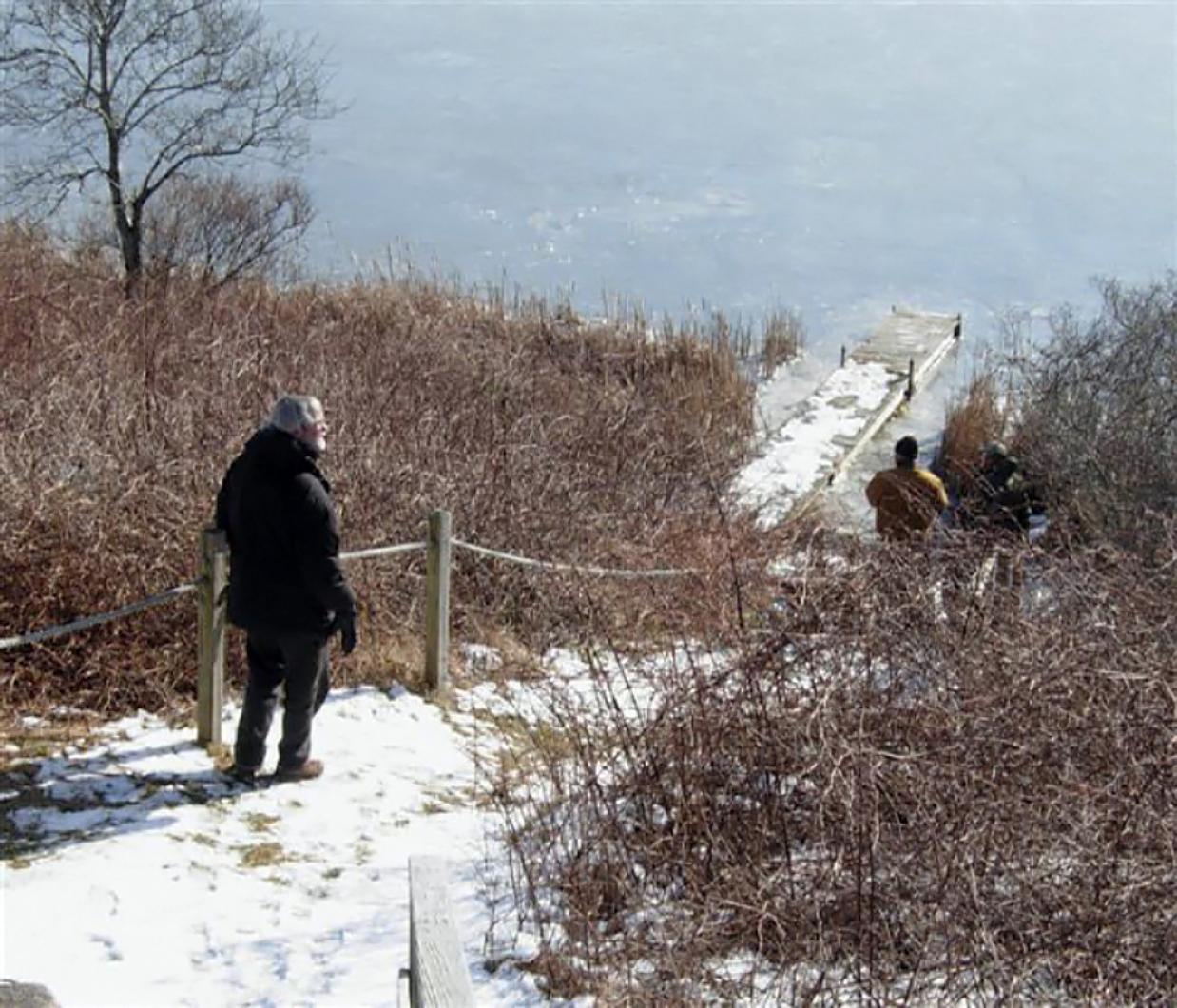Like the song says, you don’t know what you’ve got ’til it’s gone. And it was the absence of something I’d known every previous day of my life which woke me on Feb. 21, 2006, my first morning on Martha’s Vineyard.
Birdsong. I’d never realized how large a part of my life it was until that silent morning, almost three years ago.
I wonder if birdsong is as omnipresent, as diverse and obvious anywhere else on earth as it is in Australia. The manic cackle of kookaburras. Jewel-bright lorikeets which zoom like screaming jets across the sky and into the trees to argue over the gum blossom. The flute notes of butcher birds, the belligerent noisy miners. Tinkling bellbirds, warbling magpies, the high clear notes of rosellas and king parrots. The squawks of cockatoos, like needles scratched across LP records. Currawongs, their calls as liquid as the rain they herald. Willie wagtails chattering under the full moon. Onomatopoetic boobook owls. I knew them all and loved them more than I knew.
In fact, scientists now believe on the basis of DNA studies that the passerines, those perching songsters which make up more than half of all bird species, evolved in Australia then spread across the world. Every time an Englishman hears a lark or an American hears a cardinal or chickadee they are listening to the distant echo of the Australian bush. But oh-so muted.
And so, on that first, snowy morning, I lay there wondering where all the birds were. I figured maybe they’d all flown south for the winter or something.
I know better now. There are lots of them here. It’s just that most American birds (unlike most American people), are relatively shy.
I was given pause to reflect on this again last weekend as, with group leader Matt Pelikan and a couple of others, I slipped and trudged through the snow and prickles, in the numbing wind, during the annual Christmas bird count.
For the birds were being even shyer than usual. Indeed, most of the bird noises were being made by Mr. Pelikan, “pishing” like a scolding wren or imitating a screech owl, in the hope of flushing them from where they had sensibly taken cover in the undergrowth.
Comparatively few responded. It was, as Mr. Pelikan said almost at the outset, a dreadful day for a bird count. It was sunny and clear enough; the problem was that wind, blasting icily up Lake Tashmoo to where we were, near the old Tisbury waterworks.
I gave up trying to take notes almost immediately, hand too cold after just a few seconds out of its glove to take notes, pen too cold to allow the ink to flow. And I gave up altogether after less than an hour. Call me a wimp, but I am not evolved for this; I grew up in a frost-free environment. My woolen hat is off to all those locals who persevered through the day, and in particular to the few hardy souls who went out owling in the night. All 54 members of the 13 teams who fanned out across the Island, I salute you.
On land, the birds were hiding from the weather and, incidentally, the spotters. On the sea they were hard to see among the whitecaps and, as Mr. Pelikan pointed out, it’s nigh impossible to keep your binoculars or telescope, or even yourself, steady enough to count accurately when you’re being buffeted by 30 or 40 mile-per-hour winds.
Hours after I cut out, in the warmth of Louis’ restaurant in Tisbury, when they gathered to tot up the sightings by the various teams, it was a bit subdued. The numbers for almost all species were low. There were a couple of highlights — one rough-legged hawk, a kind of bird not seen here since the 1980s, quite a lot of tufted titmice (or is the plural titmouses?), a species which only appeared here about a decade ago, the dark “morph” of a snow goose. A snowy owl was observed attacking a goose at sundown. And there was a big number of common eiders, an estimated 50,000 in just one flock.
But for the most part it was disappointing. The man who collated the numbers as the various teams called them out, Robert Culbert, later said the preliminary total was 119 species and about 80,000 individuals. (His report appears in the bird news on Page Sixteen in today’s edition.)
“The result was definitely at the low end of the range,” he said. “We usually get 115 to 130 species.”
He, too, blamed the weather, but said it did bring its small compensations. Watching geese making out-of-control slide landings on icy ponds was always entertaining.
Perhaps worst of all, everyone knew Nantucket had enjoyed a banner year when it had its bird count two weeks earlier, in much better conditions — 134 species and an amazing 250,000 long-tailed ducks (how did they count them, I want to know?) How we hate it when Nantucket beats us at anything.
I must say, when I first arrived here, I was both bemused and amused at the popularity of bird-watching in this part of the world. It had always seemed to me — the scion of a land where the avifauna is so apparent every day of the year — a somewhat eccentric and, at this time of year almost masochistic, activity.
I appreciate now why they do it. It’s good to be assured on those silent winter mornings that all that life is out there, beyond the double-glazed windows.
Still, I can’t wait to head back down under on vacation next month, and to wake there to the dawn chorus pouring in an open window.




Comments
Comment policy »